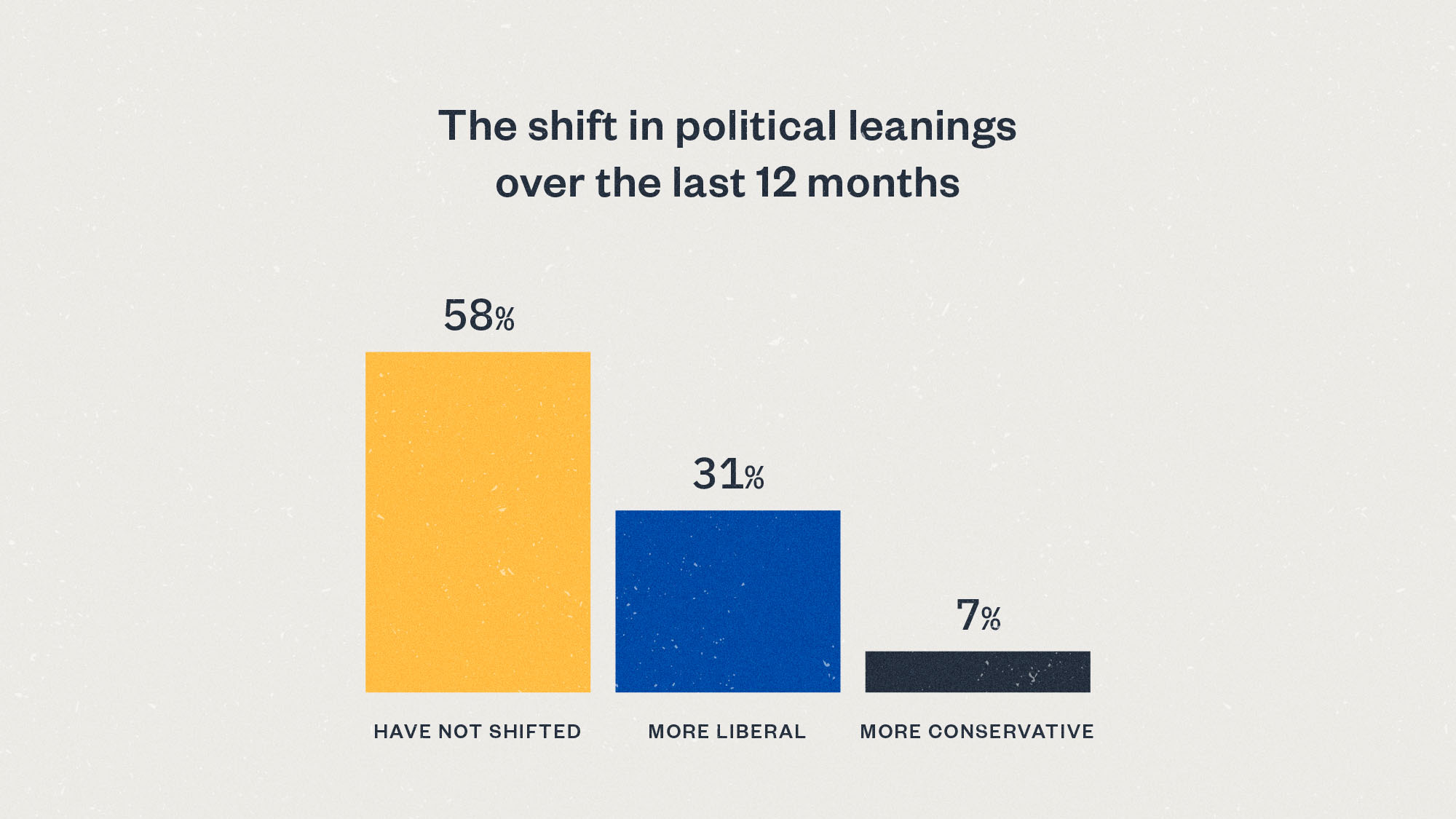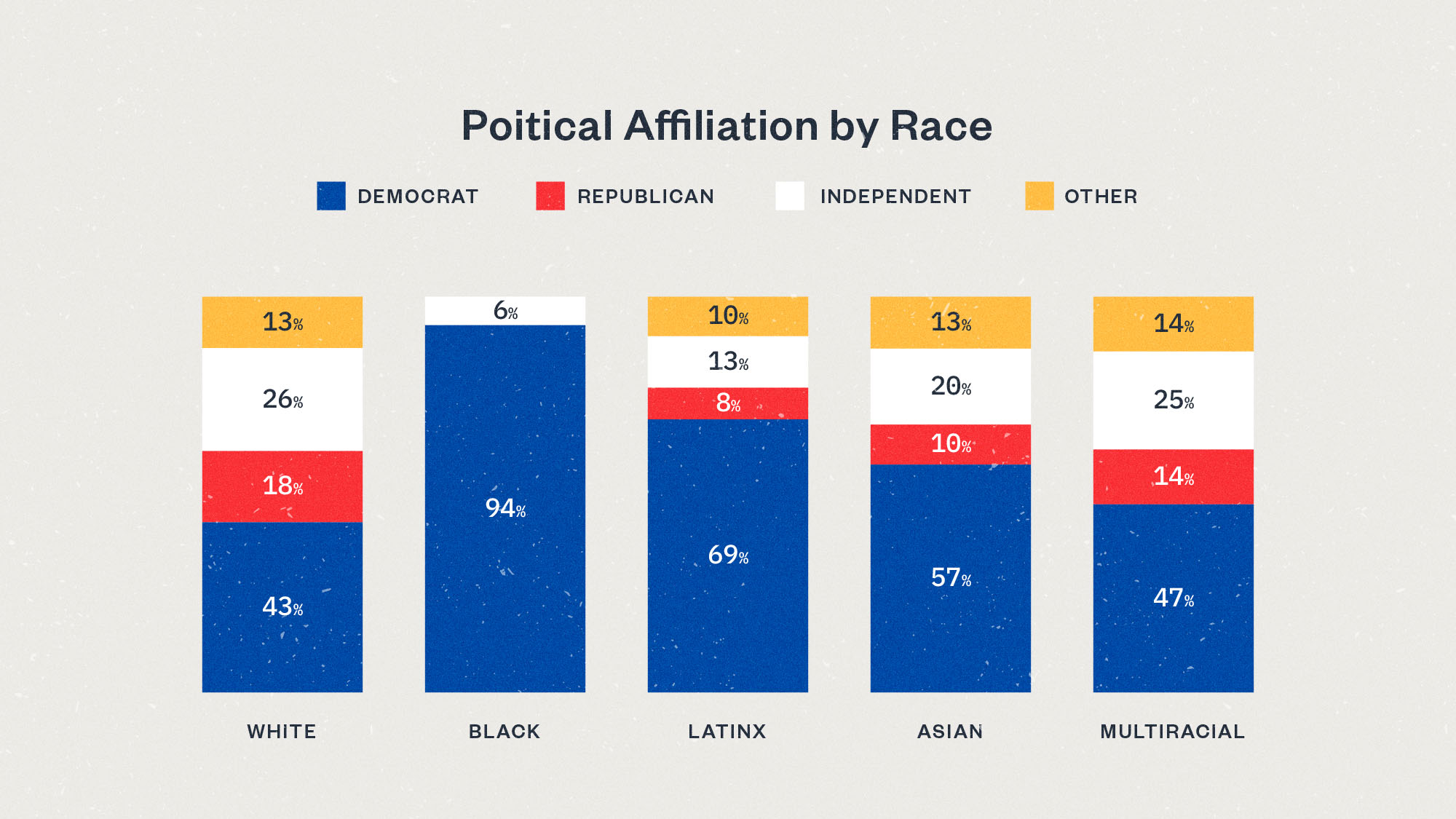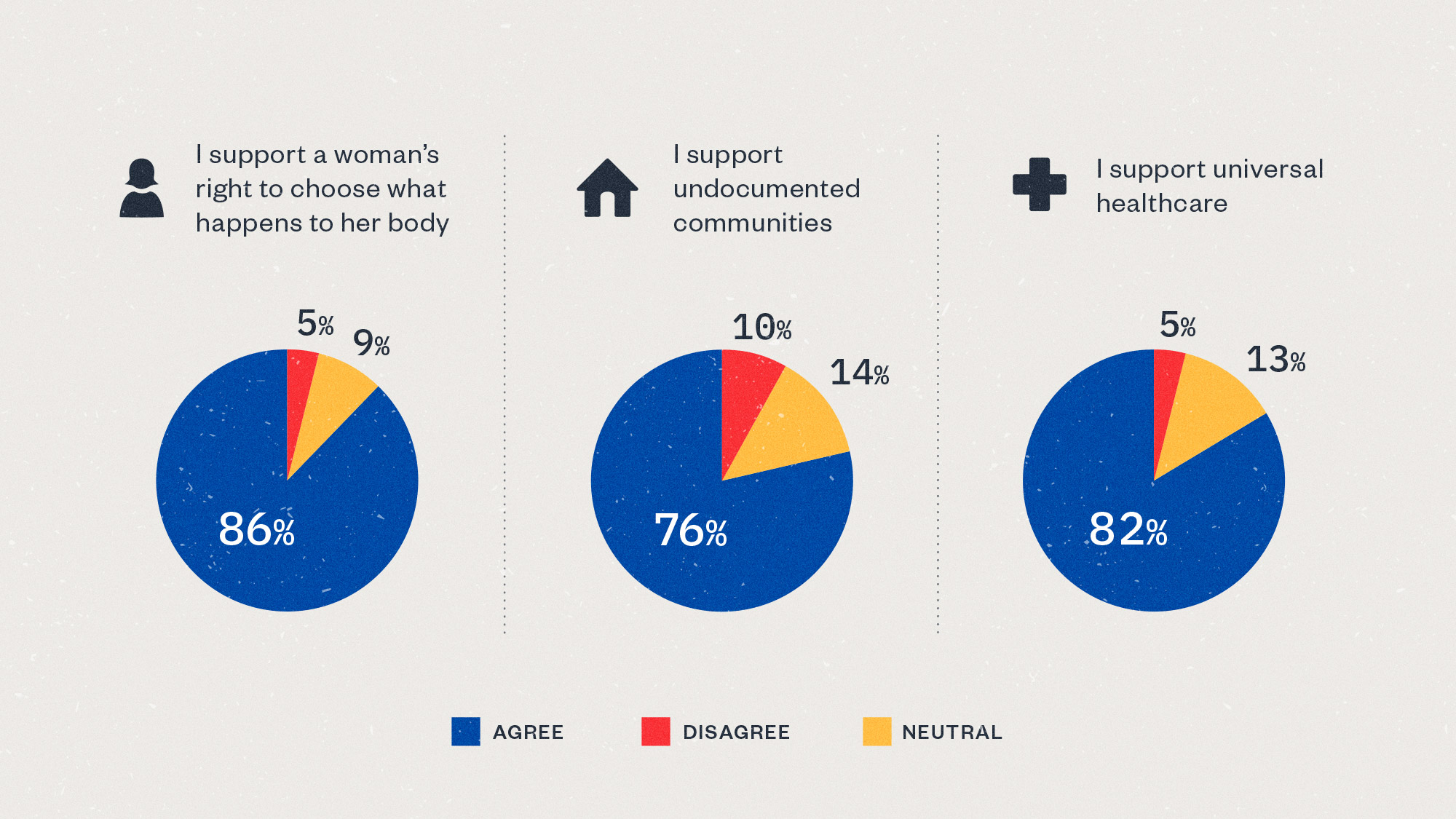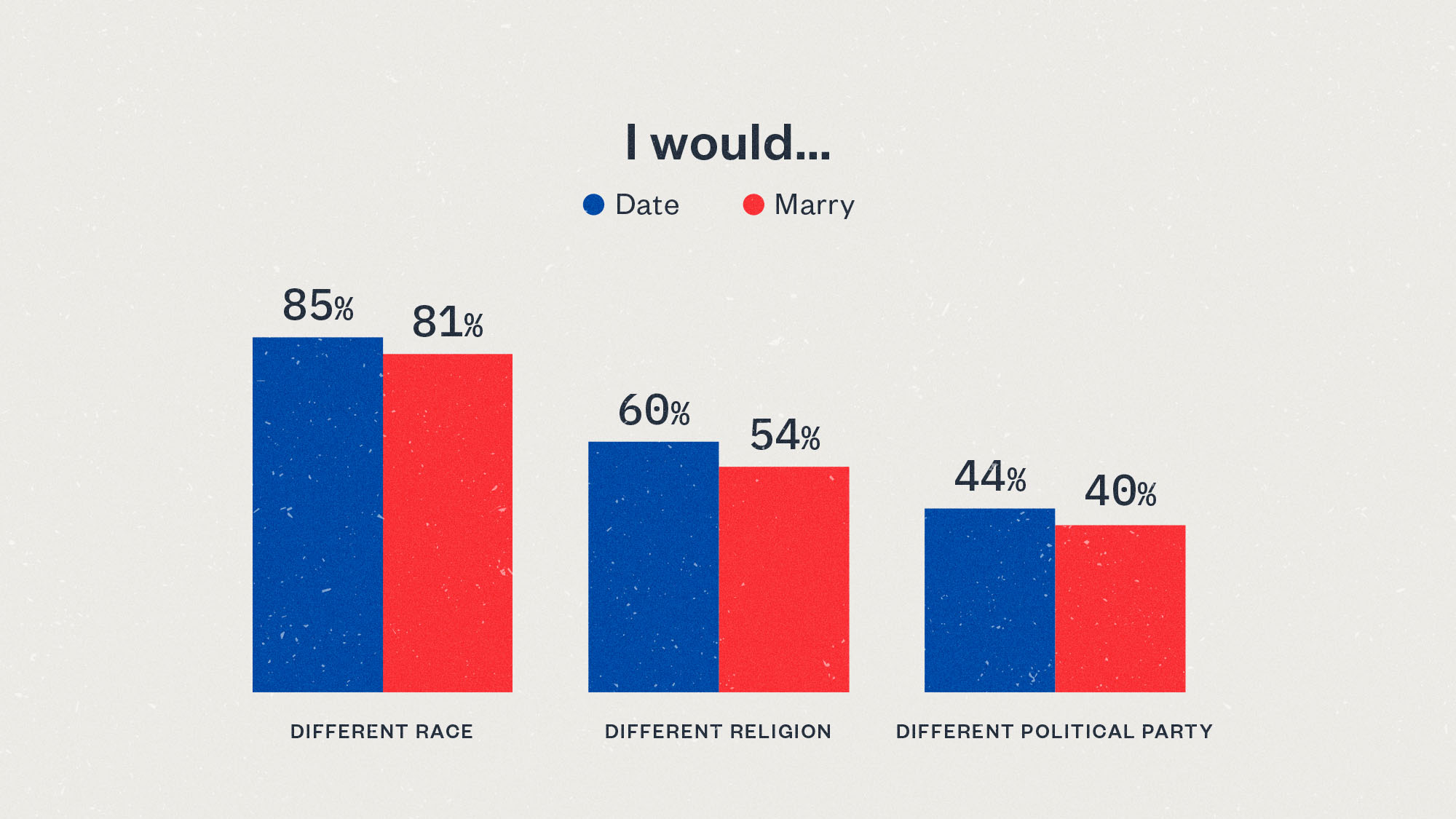Democrats: You can’t bet on our vote

_____
SOME SAY THAT MILLENNIALS COST HILLARY THE PRESIDENCY.
Clinton captured nearly 55% of voters aged 18-29, five percent less than what Obama received in 2012 at 60%. That five percent didn’t go to Trump; it stayed home. That five percent equaled one million votes.
Will the millennials who stayed home in 2016 come out in 2020? Given all the political tumult in the last few years, are millennials motivated to action? While the marches on the streets and global movements in recent memory point to a resounding yes, the answer may be murkier.
In a survey conducted by Cal Poly Pomona of its Southern California student Millennial and Gen Z population—whom we refer to as MilleniGenZ—when asked if their political leanings got more conservative, more liberal, or the same, a vast majority (nearly 60%) said their political leanings have not shifted at all over the last 12 months. Nearly 90% said they have not attended a political rally and 95% have not volunteered at a political campaign. Moreover, half the respondents said their political engagement has not changed.

Voting preference and behaviors
We all know that intention and reality are two very different things. In the Cal Poly Pomona survey, nearly 90% of the respondents say they intend to vote in the 2020 elections. However, in the same survey, which predated the 2018 midterm elections, about 50% of the student respondents said they intended to vote in November. According to CIRCLE, a nonpartisan commission on youth voting, actual turnout among 18-29-year-olds in California was more like 30%. That 20% loss of expected votes explains why the Democratic Party didn’t get the blue wave they prayed for in 2018. Indeed, the Cal Poly Pomona student population is not an exact replica of all 18-29-year-olds in California. But it does serve as a good barometer of potential. There is a will to be politically engaged. Thus, the question remains whether any Democratic hopeful sitting on the deepest bench to date is going to unite and galvanize younger constituents to vote.
The political affiliation of the student respondents is further indicative of the hard work that Democratic hopefuls will have to put in. With the exception of African Americans, which are almost solidly Democratic, the percentages of “Independents” and “Other political affiliation” among MilleniGenZs are sizable. The growing number of Independents is a national trend and does not necessarily mean they won’t vote Blue or Red in 2020. In a recent Pew Study, among the public overall, 38% describe themselves as Independent, but still lean towards one party or another. However, it does mean they are dissatisfied with the options currently available (or worse if you’re a Democrat, it could mean they are closet conservatives who don’t want to reveal their true political affiliation in a predominantly liberal institution). If neither party can refocus their efforts into attracting MilleniGenZs, rejection for both parties will continue to be prominent in the long run.
Political Affiliation by Race

Socially progressive, but not politically active
It would be a mistake to think a lack of political intensity reflects apathy or desensitization. In fact, younger generations are highly conscious of social issues, are socially progressive, and view political leanings as a core marker of identity. Nearly 90% support a woman’s right to choose, over three-fourths support undocumented communities, and 80% support universal healthcare.

Perhaps the biggest indication that younger generations are politicized is what they consider deal-breakers when choosing who to date and marry. In stark contrast to previous generations, MilleniGenZ respondents indicated indifference to dating and marrying outside of their racial and ethnic group—and to some extent religion. The red line was drawn, however, in dating or marrying outside of their political preference.

So what?
The Democratic Party must try harder. Democratic candidates need to shake off the old political dance of skirting around hot button topics and “playing it safe” in the middle. It won’t work—at least not with the youth. Millennials and Gen Zs are galvanized by charismatic candidates pushing a progressive agenda. Take the campaign of Alexandria Ocasio-Cortez, the self-proclaimed democratic socialist congresswomen who made history as the youngest women elected to Congress through her primary victory against Rep. Joe Crowley (at the time assumed to be Nancy Pelosi’s eventual successor). Ocasio-Cortez didn’t shy away from taking a firm stance on issues younger generations really care about: Medicare-for-all, gun control, women’s rights, fully-funded public college tuition, and criminal justice reform (to name a few). More importantly, she related to and inspired young voters, empathizing with their growing challenges as opposed to stereotyping them as an entitled and naive generation. With every witty clap-back against public figures, livestream of what used to be the closed halls of Congress, and unapologetic critique toward powerful members of her own party, Ocasio-Cortez’s popularity only grows.
Being young and socially progressive does not mean they are a foregone conclusion for the Democratic Party. They may be “woke” but Democrats need to give them a reason to get up.
About the Cal Poly Pomona x Intertrend Communications Generations Study
Purpose of the Generation Study
Millennials and Gen Zs (whom we call MilleniGenZs) grew up at the forefront of social media usage where they are constantly being surrounded by news and politics. This unique group of individuals are born in the early 1980s to about 2010. Despite the volumes of research on these generations, there is minimal research on multicultural perspectives, especially Asian Americans. To correct this, Cal Poly Pomona’s Asian American Transnational Research Initiative (AATRI), with support from Intertrend Communications—a multicultural creative agency—started a longitudinal study evaluating the evolving attitudes and behaviors among our diverse youth population.
About the Survey
A survey was administered to nearly 1,000 MilleniGenZ students and graduates living in Southern California between January and June 2018. The survey included 184 questions in total around the topics of relationships, romance, political beliefs, social media participation, labor, and the future.